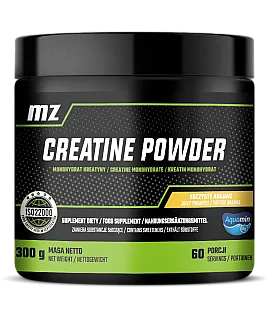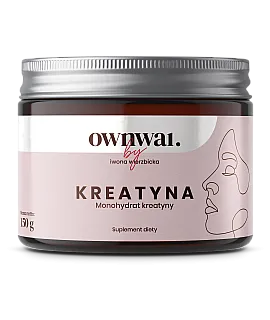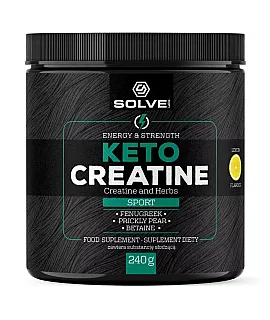How does creatine affect muscle mass gain?

It's nice to have big muscles. Waiting many months or years for them is not so cool anymore. The process of building muscle mass is very demanding and usually goes slowly. Not surprisingly, adepts of figure sports exceptionally often look for ways to enhance the effects of their efforts. Creatine is usually one of the first to smile at them. The packaging and marketing descriptions of creatine supplements offer very attractive effects for those looking to build up their physiques. And indeed, creatine for mass works very effectively.
- How does creatine affect muscle mass?
- Does everyone gain the same increments on creatine?
- Creatine for mass - how best to dose?
How does creatine affect muscle mass?
As much as 95% of creatine is stored in skeletal muscle. Small amounts are also in the brain and testes. About 2/3 of this pool is in the form of phosphocreatine, and the rest is the free form.
Each day, to replenish the creatine used, the human body needs to produce (or obtain from the diet) 1 to 3 g of creatine, depending on body weight. Hard, intense workouts use more cellular energy, which means more creatine is also used. Therefore, the harder the workouts are performed, the greater the need for creatine and the more justified creatine supplementation.
Many studies prove that creatine supplementation increases the availability of creatine and phosphocreatine in the muscles, thus improving the quality of workouts. This, in turn, provides muscles with a stronger stimulus to grow and adapt to training conditions. We perform more series, more repetitions in batches, train longer and grab heavier weights. As long as we keep our caloric balance positive and provide the right macronutrient ratios, creatine supplementation is a great way to accelerate muscle gains.
In addition to influencing better supply of energy to muscles during training and improving its quality, creatine also influences better post-workout recovery. And as some of you know, muscles grow mainly between workouts, not during them. Creatine therefore works on our muscle mass around the clock.
Supplementation can increase muscle mass for athletes in various sports:
- bodybuilding,
- American soccer,
- power triathlon,
- Olympic weightlifting,
- combat sports (MMA, wrestling, boxing, etc.),
- athletics (ball push, javelin/jump/hammer throw, etc.).
Although the vast majority of studies have been performed on men, creatine for mass works in both sexes. Ladies who train intensively, provide calories above requirements and supplement with creatine can also expect better gains. Maybe not as spectacular as in men, but better results are still possible.

Does everyone gain the same increments on creatine?
Creatine can give slightly greater muscle mass gains in people who provide little of it from their diet on a daily basis. This is mainly about people who follow a plant-based diet - excluding meat from the menu means giving up the most abundant source of creatine. Vegans and vegetarians, as a rule, have a lower concentration of creatine in their muscles than people who normally eat meat (90-110 vs. 120 mmol/kg of dry muscle mass). The upper limit of muscle creatine saturation is considered to be around 160 mmol/kg. So vegans have a larger difference between baseline and maximum concentrations, which are achieved through supplementation. A larger difference is, of course, a more noticeable effect.
There are also people for whom nature has deprived creatine. These are the unfortunates who have mutations of genes involved in the process of synthesizing their own creatine (including AGAT, GMAT and CRTR). Such people are much more heavily dependent on the amount of creatine supplied from the outside, i.e. from diet and optionally supplementation. In these cases, too, creatine can give a great effect, much more noticeable than in the average person.
Creatine for mass - how best to dose?
The target dose is usually in the range of 5-10 g per day. The greater the user's initial muscle mass, the more can be taken.
Before entering the target dose, some people use the so-called loading phase. With it, you can saturate your muscles with creatine in 5-7 days instead of a month. During this time, 5 g of creatine is used 4-6 times a day. The loading phase can speed up the peak concentration of creatine, but it is absolutely not necessary. You can skip it and go straight into the target dose.
Sources:
- Kreider RB, Kalman DS, Antonio J, et al. International Society of Sports Nutrition position stand: safety and efficacy of creatine supplementation in exercise, sport, and medicine. J Int Soc Sports Nutr. 2017;14:18. Published 2017 Jun 13. doi:10.1186/s12970-017-0173-z
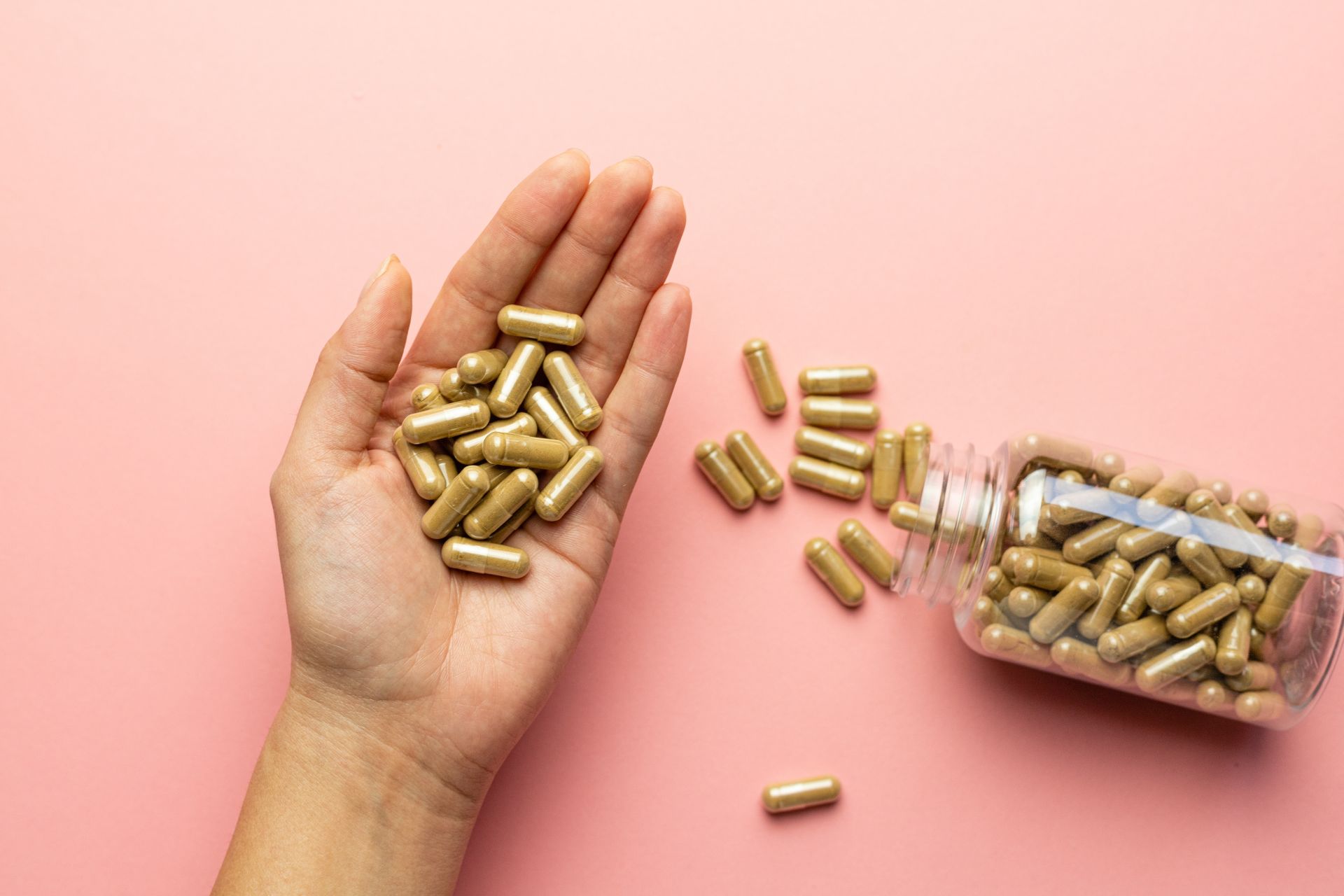 ⮜ Previous article
⮜ Previous article
Ashwagandha - a natural supplement for stress and insomnia
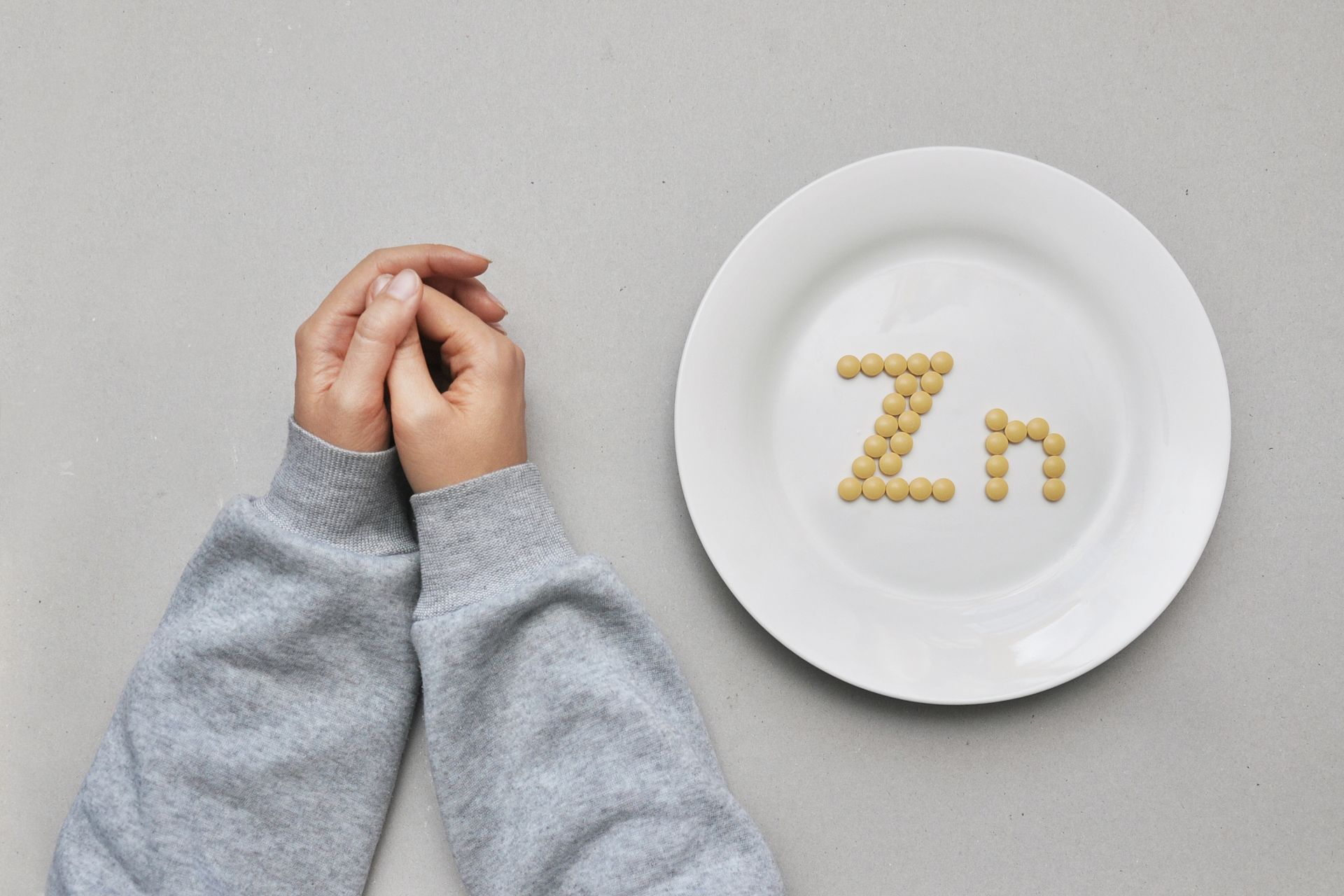 Next article ⮞
Next article ⮞
